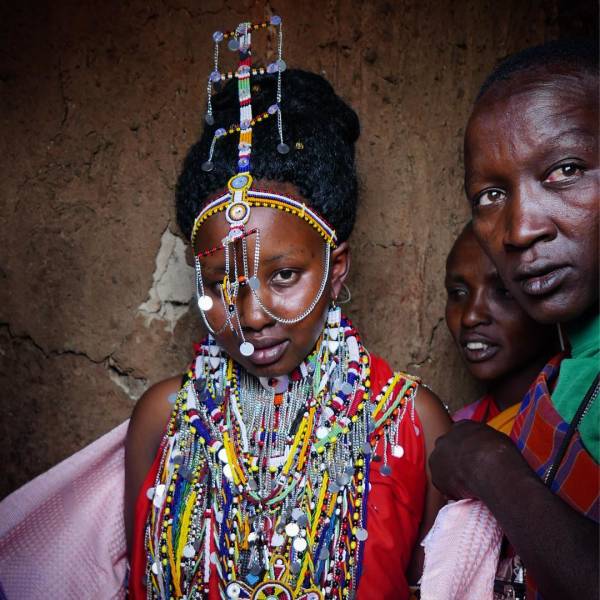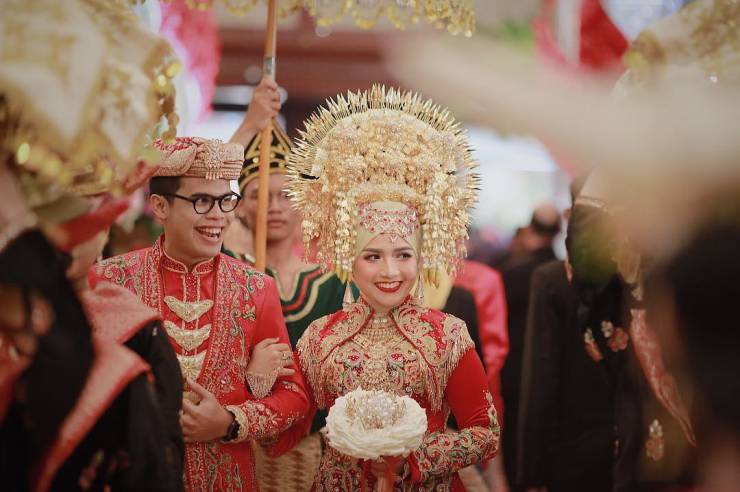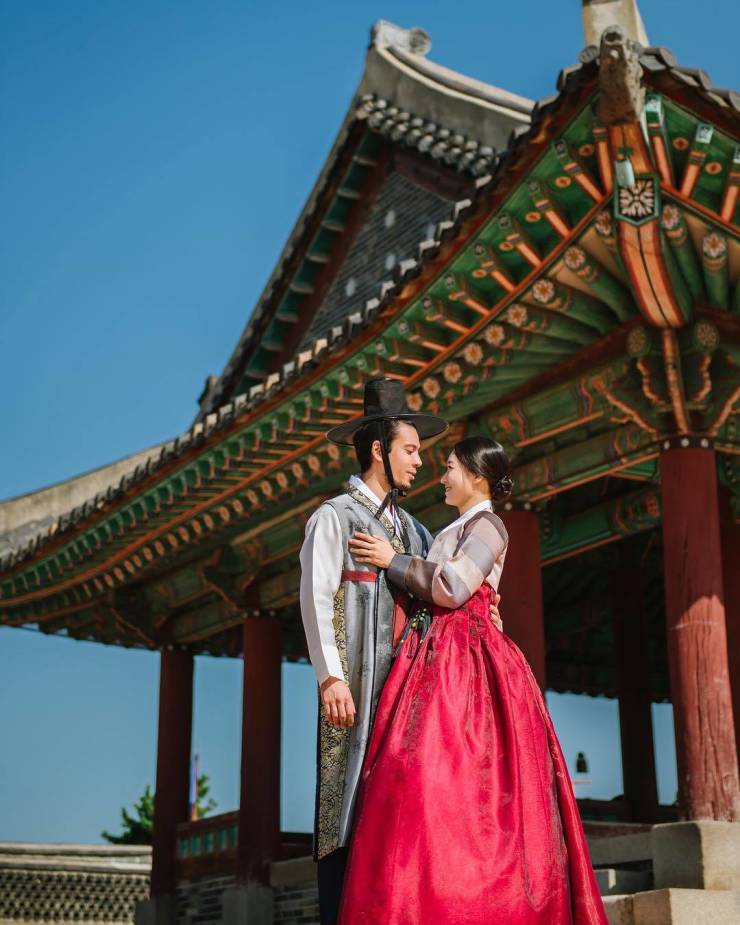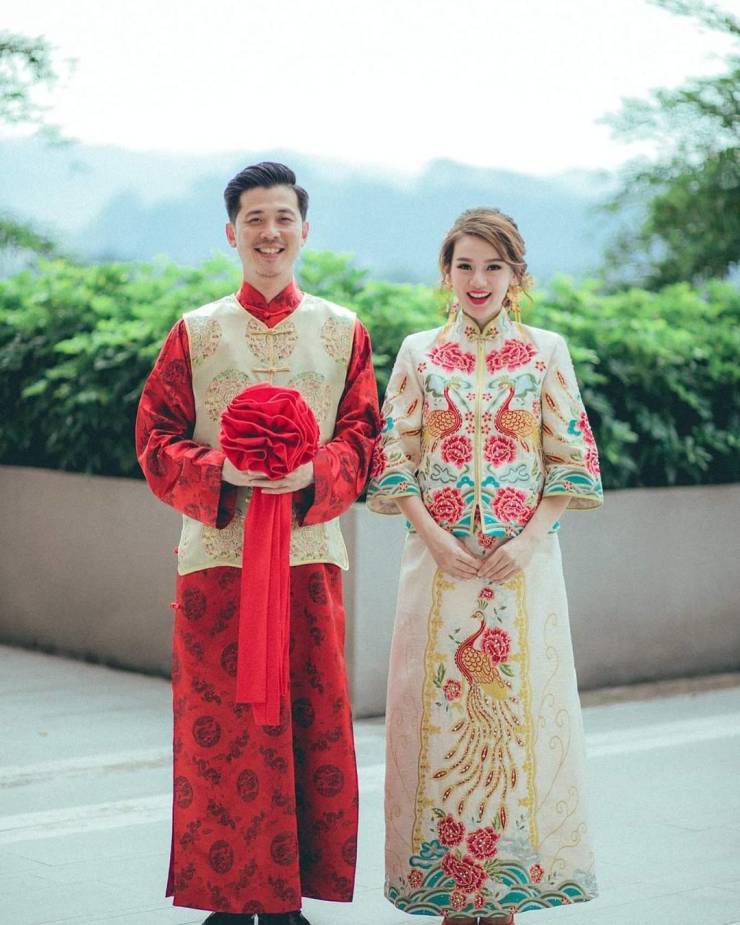Wedding Attire Looks Different In Countries Around The World

A bride in Yemen usually wears a golden ceremonial dress with a lot of traditional gold and silver jewelry.

Japanese brides often wear a pure white kimono which stands for purity and maidenhood.


Kinnauri brides (of the Kashmir region) usually wear a veil made of silver chains, large necklaces, and small Buddhist charm boxes.


In Kazakhstan, a bride traditionally has a wedding headpiece called a saukele, symbolizing the beginning of a new life as a legitimate spouse.

Mongolian brides wear a patterned dress called a “deel” that has been worn for centuries by Mongols in Central Asia.


Brides in Kenya wear a heavy, beaded wedding collar, a headdress, bracelets, beaded cowhide shawls, and around 20 individual necklaces.


In Norway, the traditional wedding garb is known as “bunad” — it has silver details that ward off evil spirits.

Traditional Indonesian wedding attire in Jakarta includes plenty of gold, intricate patterns, striking colors, and ornate head pieces.


South Africa’s traditional wedding attire includes a hat for the bride’s head called “inkehli” and colorful beaded necklaces and bracelets.


The brides in Turkmenistan are covered from head to toe in capes and coats which drive away evil spirits and act as amulets.



In Tibet, a groom gives his bride a wedding gown and jewelry which includes a headpiece, silver jewelry to attach to her braids, or an amulet with a small metal statue of Buddha.


Brides in Ossetia wear a dress with long sleeves, patterns on the fabric, and a metal belt at the waist known as a talisman.


In South Korea, brides wear “hanbok”, a traditional dress of bright colors and simple lines that represents thousands of years of tradition.


Romanian brides’ cylindrical headdresses were believed to protect them from evil forces.


Brides in the Gora region (between Kosovo and Macedonia) have their faces painted to ward off bad luck.


Indian brides opt for a colorful sari that reflects their region of origin and have their hands adorned with henna patterns.


Ethiopian wedding attire includes dark-colored velvet crowns and robes in purple and gold.


Brides in Eritrea wear a headdress that historically was meant to hide their face from guests.

In Sri Lanka, a bride has a Nalalpata which is special jewelry that has to be placed on the middle of the forehead by the mother of the bride as a symbol of eternity.

A bride in China wears qipao, a red silk dress that symbolizes luck and wealth.


Ukrainian bridal attire usually includes an embroidered dress with floral patterns and bright colors associated with youth and beauty.

Wreaths and other hair ornaments made of flowers and herbs are an essential part of many traditional Polish weddings.




